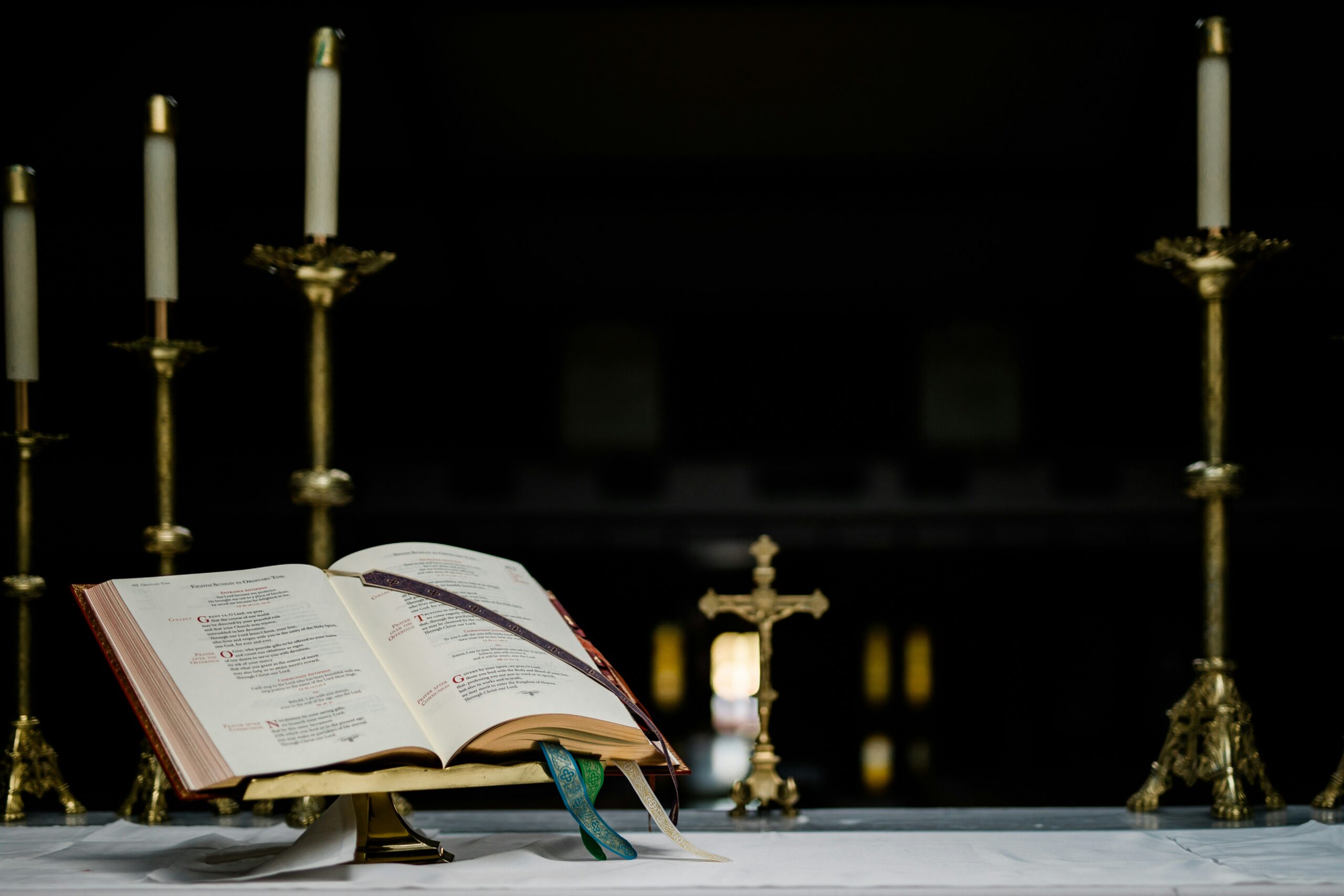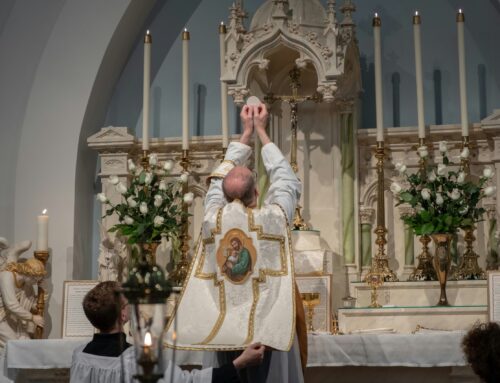The Novus Ordo Mass, also known as the Ordinary Form of the Roman Rite, is the most widely celebrated form of the Mass in the Catholic Church today. Introduced in 1969 as a result of the Second Vatican Council’s liturgical reforms, the Novus Ordo Mass retains the essential structure of the traditional Latin Mass while incorporating several key changes aimed at enhancing the active participation of the faithful. Let’s explore the components of the Novus Ordo Mass and what they mean for Catholics.
1. Introductory Rites
The Novus Ordo Mass begins with the Sign of the Cross and the Greeting, establishing the sacred space and inviting the congregation to participate in the celebration of the Eucharist. The Penitential Act follows, where the faithful acknowledge their sins and ask for God’s mercy, fostering a sense of humility and contrition. This can include the Confiteor, where the congregation confesses their sins collectively, or the Kyrie, where they seek mercy through a series of invocations. Alternatively, the Rite of Blessing and Sprinkling of Water may be used, symbolizing the cleansing power of baptism. These introductory rites set the tone for the Mass, preparing the hearts and minds of the faithful to enter into the sacred mysteries.
2. Liturgy of the Word
This central part of the Mass is devoted to hearing and reflecting on God’s Word. It begins with readings from the Old Testament, followed by a Psalm that the congregation often sings or recites responsively. This is followed by a reading from the New Testament, usually from the Epistles. The climax of the Liturgy of the Word is the proclamation of the Gospel, which is introduced by a special acclamation. After the Gospel reading, the homily is delivered by the priest or deacon, offering a reflection on the readings and connecting them to the lives of the faithful. The Liturgy of the Word concludes with the Profession of Faith (the Nicene or Apostles’ Creed) and the Prayers of the Faithful, where the community presents its petitions to God, reinforcing the communal aspect of worship.
3. Liturgy of the Eucharist
This is the heart of the Mass, where the bread and wine become the Body and Blood of Christ. It begins with the Presentation of the Gifts, where the faithful bring forward the bread and wine along with other offerings. The priest then prays over the offerings, leading into the Eucharistic Prayer, a central prayer of thanksgiving and consecration. This prayer includes the Preface, the Sanctus (Holy, Holy, Holy), the Epiclesis (invocation of the Holy Spirit), the Institution Narrative (the words of Jesus at the Last Supper), the Anamnesis (remembrance of Christ’s Passion, Resurrection, and Ascension), and the Doxology (a prayer of praise to the Trinity). The Liturgy of the Eucharist is a profound encounter with Christ’s sacrifice and a moment of unity for the congregation as they participate in this sacred mystery.
4. Communion Rite
After the Eucharistic Prayer, the focus shifts to preparing the faithful to receive Holy Communion. This begins with the Lord’s Prayer, which Jesus taught His disciples, followed by the Sign of Peace, where the congregation exchanges a gesture of peace, symbolizing reconciliation and unity. The Agnus Dei (Lamb of God) is sung or recited, acknowledging Jesus as the sacrificial Lamb who takes away the sins of the world. The priest then breaks the consecrated Host, and the faithful approach the altar to receive Communion, the real presence of Christ. This moment is one of intimate communion with God and the community, reinforcing the unity of the Church.
5. Concluding Rites
The Mass concludes with a prayer of thanksgiving, a blessing, and the dismissal. The priest sends forth the faithful to carry the grace and love of Christ into the world, fulfilling their mission as disciples of Christ.
Each component of the Novus Ordo Mass is rich in meaning and symbolism, inviting Catholics to enter more deeply into the mysteries of our faith. The Novus Ordo Mass reflects the Church’s desire to make the liturgy more accessible to the faithful while preserving its sacredness and beauty. As Catholics, we are called to fully engage in the Mass, allowing its prayers and rituals to transform our hearts and lives. Through the Novus Ordo Mass, we encounter Christ in a profound and life-changing way, drawing closer to Him and to one another as members of His body, the Church.
You can listen live to the Holy Sacrifice of the Mass on one of our 5 livestreams and grow in spiritual communion with Christ. Check our programming schedules for air times.




Leave A Comment